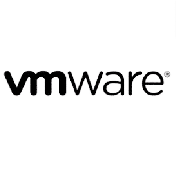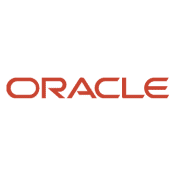Inhalt des Trainings
Learn the basics of installing, configuring, and securing HPE iTP WebServer solutions along with the management procedures needed to support the operation of the iTP WebServer. Hands-on lab exercises give you programming experience in the iTP WebServer environment. This four-day course is 60 percent lecture and 40 percent hands-on labs using HPE NonStop servers.
After you successfully complete this course, expect to be able to:
- Explain the development of commercial data processing on the Internet
- Describe the basic features of World Wide Web technology
- Configure a basic iTP WebServer file server environment
- Alter the basic configuration to enable advanced control options in the iTP WebServer
- Enhance the environment to perform secure transactions using the Secure Sockets Layer (SSL) protocol
- Manage and control the operation of the iTP WebServer environment
- Describe the Common Gateway Interface (CGI) standard for interfacing with web servers, the HPE Pathway CGI implementation, and the differences between the two approaches
- Describe the implementation of Java servlets and Java Server Pages (JSPs) and how they differ from generic CGI and Pathway CGI
- Code, compile, deploy, and execute Java servlets and JSPs in the iTP WebServer environment using the Apache Tomcat container
Vorkenntnisse
A working knowledge of C or C++ and Java programming language
Microsoft
Microsoft Office
ITIL
Red Hat
Cisco
 VMware
VMwareCitrix
Unix Linux
Amazon AWS
 Oracle
OracleAutoCAD
IBM
Hewlett Packard Enterprise (HPE)
Google
Salesforce
AI – Artificial Intelligence
Automatisierung
Cloud Computing
Grafik
IT-Management
Development
Security
Netzwerk
Data Science
Soft Skills
Video Based Trainings
Nachhaltigkeit
